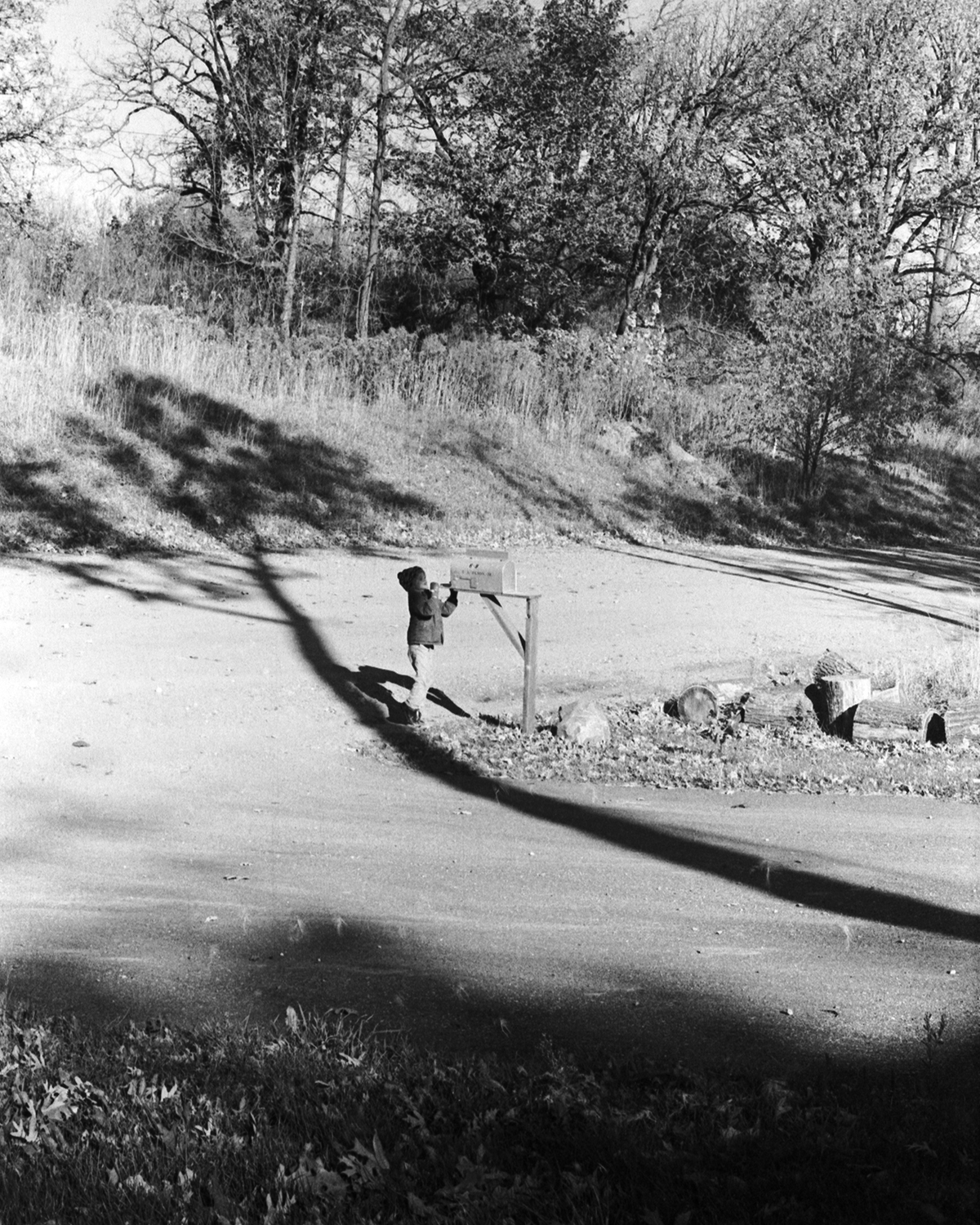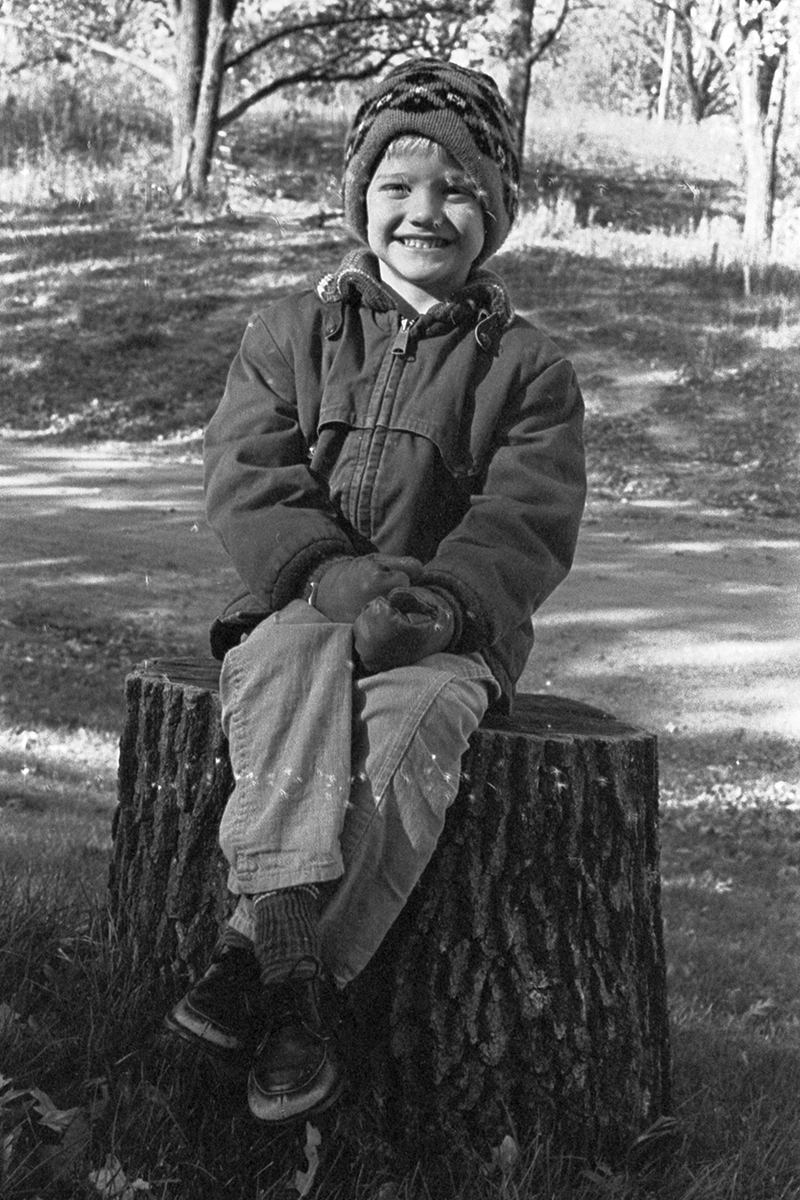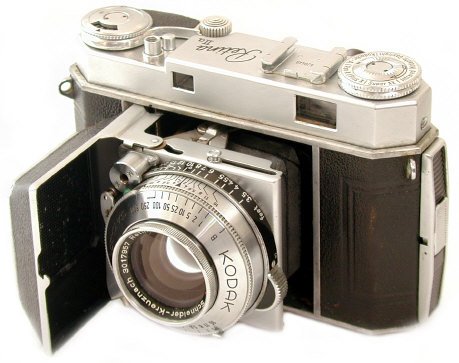
In 1965 we moved into a newly-built house on the outskirts of the town of Long Lake Minnesota. Today considered an “exurb” of Minneapolis, at that time it was a rural community at the very edge of urban influence. I turned twelve on the day we moved in and was starting to explore the possibilities presented to a teenager in those years.
I was intrigued by cameras and photography, but so far only had experience with “Brownie” cameras and the recently introduced Kodak Instamatic. I imitated my grandmother, who was thrilled with her camera and took snapshots of all of her children and grandchildren at every opportunity. She then posted them on her refrigerator and corkboard display for her to brag about to her friends and family.
The point-and-shoot cameras were very popular for capturing the “Kodak moment” but were limited in their photographic range. Professional photographers used cameras that allowed them more creative control: focus, exposure, lighting and composition. At my young age, I was just becoming aware of this expanded domain of photographic possibilities. I was keen on improving my skills and thought a better camera would be the answer.
I recall an unusual trip to remote downtown Minneapolis with my dad. We visited a camera store on the newly created Nicollet Mall. The high-end cameras at the display counters were far beyond my means, but there was a collection of used cameras displayed in the storefront window. My dad pointed out various features of them and was quite reassuring about the integrity of their optics and mechanics—the fundamental requirements for cameras to take quality images.
In the end, I was excited to purchase a used Kodak Retina-IIa, a compact 35mm camera that required the operator to find the right focus, set the correct exposure, and make the photographic judgements to take a good picture. This was my first “real” camera!
I had also recently learned–again, through the tutelage of my father– how to develop film and make prints in a darkroom. I was now able to take pictures, develop the negatives, make prints, and follow wherever my photographic interests led.
The very first roll of film I loaded into my new Retina camera was Tri X Pan (black and white; I could not afford color film). I aimed it at my world, the neighborhood of our new house. The terrain was undeveloped. Behind us was an orchard and a cow pasture. In front a pond, prairieland, and mature oak trees. The road to our home was gravel; we were on “rural route 2” and in contrast to our previous home with a mail slot next to the front door, we now had a metal mailbox on a post at the edge of the road.
On that October day in 1967, I took pictures of anything I thought worthy of one of the 24 frames of film I had just loaded. I was able to corral my young brother John, age 5, into posing for me. I took several pictures, including a shot where he is checking the mailbox. It was a ruse, because it was much too early for the mail to have arrived, as seen by the shadows of the tree cast by the morning sun. But it was a nice composition.
I’m not sure how it happened, but this image was enlarged and framed and became a fixture in our home. As the neighboring land was partitioned into lots, with houses constructed on them, a picture of the simple act of checking a rural mailbox with the backdrop of a natural setting, became a touchstone of our family’s original settlement at this rural-urban boundary.




Love these photos and the narrative.
Pingback: Salt Flat Tracks | Thor's Life-Notes